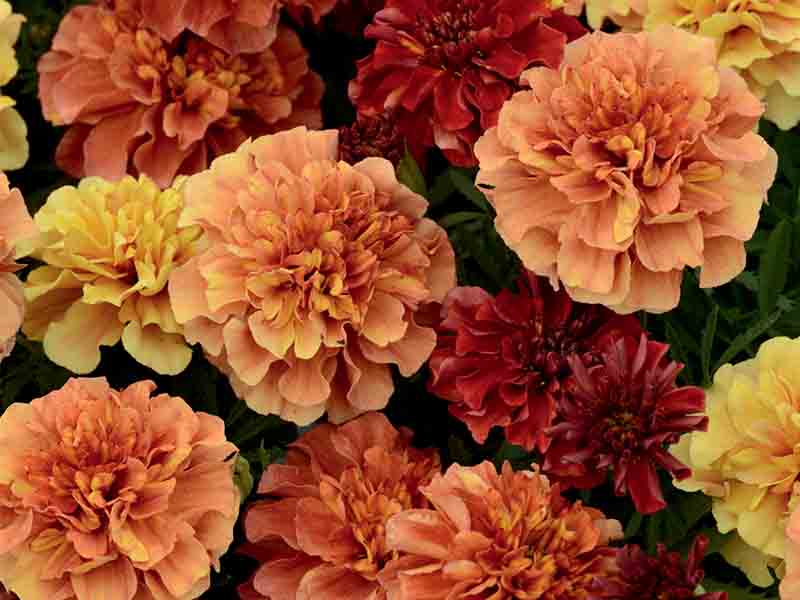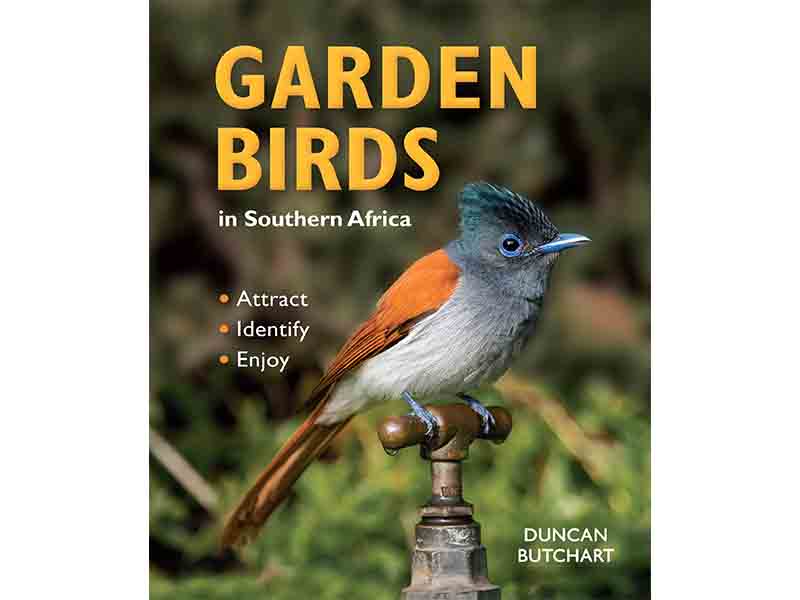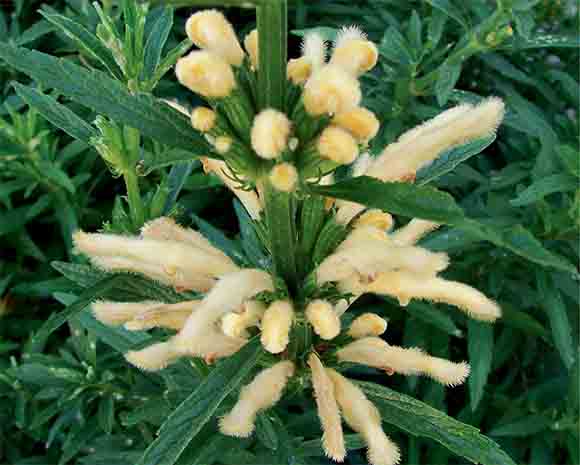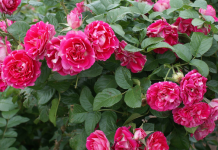To get the year off to a good start, we’re going to plant flowers that attract birds for their nectar or seeds. Sunbirds love indigenous wild dagga (Leonotis leonurus), aloes, strelitzia, Cape honeysuckle, proteas, red hot pokers and watsonia. The tinier sunbirds also seek out indigenous and garden salvia, like Black and Bloom or Big Blue, for their nectar. What’s great is that they’re all water-wise and heat-tolerant perennials that grow in full sun to semi-shade in ordinary garden soil. There are plenty of seed-loving birds too, so if you let annuals like marigolds, cosmos, sunflowers, poppies and zinnias go to seed, you’ll be providing a natural supply of food instead of building a dependence on bird feeders.
Our top tips …
Choose flowers that grow best in your local area. • Prepare soil well before planting – adding in plenty of compost and fertilizer. • Plant a variety – with different heights when they mature, and those that flower at different times, to provide a constant source of nectar or seed. • Don’t deadhead – allow plants to go to seed. What the birds miss will pop up as new plants. • Don’t use insecticides. Birds also feed on insects that are attracted to the flowers. • Include grasses with abundant seed heads. They’re attractive as accents when interspersed among the flowers.
Two of our favourites …
Wild dagga (Leonotis) – also a hot fave with bees – is available as a tall shrub with orange flowers, or as a miniature variety with creamy peach coloured flowers, which show up against rough-textured, dark green leaves. The plants flower from autumn to spring, when nectar is in short supply. This evergreen shrub is frost-hardy, wind- and drought-tolerant, and accepts sandy soil and windy conditions. Elsewhere it grows in well-composted ordinary garden soil that drains well. Plants are happy in sun or light shade. You need to prune back hard after flowering.
Marigolds are the hardiest flowers for sunny, summer gardens. They grow in ordinary garden soil and once established are drought- and heat-tolerant, providing vibrant non-stop colour. They respond well to fertilizing once a month. Marigold Strawberry Blonde is an aptly named mix of bicolour pastel pink, rose and yellow. When warmer, the flowers are yellow-pink and when it gets cooler the pink-plum tones kick in. Let these rounded, bushy plants go to seed for birds.

Marigolds (above) are the hardiest of flowers, with vibrant, non-stop colour, and are great for attracting birds, while Leonotis, also known as wild dagga, is an evergreen shrub native to South Africa. Really pretty flowers and loads of nectar, so it’s an excellent choice if you want to attract birds, bees and butterflies to your garden.

Attract, identify and enjoy birds in your garden. Garden Birds in Southern Africa by Duncan Butchart isn’t new … but it’s still the essential guide for locals. With profiles of 101 birds that are likely to be found in gardens, there are descriptions and pics of each, along with info on feeding, breeding, calls and general behavior, as well as how to design a garden to attract birds. R230 from your local bookstore.
What’s that plant?
This month we’re loving – and using – Candide. This gardening app is inspirational, user-friendly, free – and one nobody with green fingers should be without. With loads of great features, the one we use most is the Plant ID, which helps us identify unknown plants, shrubs, herbs and trees. Candide is designed to be useful for all levels of gardeners, from beginners to those who know their way around a rake. Oh – and keeping with the birds and the bees, we found some lovely ideas on building homes for birds, and articles on plants bees love (hint – sage, lavender, dahlias, stocks and cosmos are sure to encourage them to buzz around your garden). Candide is free for download in the Google Play Store and Apple’s App Store.
Details: candidegardening.com






